According to Medline Plus, fungal infections are complicated even with conventional medicines. But, you may use effective home remedies for fungal infection to cure these infections. (1)
Fungi are opportunistic pathogens that invade the body due to a compromised immune system. The prominent disease-causing fungus is the Candida albicans strain. (2,3)
Before you go for over-the-counter medicines, here are home remedies for fungal infection that will help you treat these infections.
What kills a fungal infection naturally?
1. Lemongrass

A 2014 scientific study concluded that lemon grass extract is naturally antifungal and may help treat fungal infections.
Another 2014 study affirms that lemongrass essential oil is anti-candida albicans and has the efficacy of reducing the risk of fungal infections.
You may also use lemongrass as herbal tea to boost your immune system and increase your body’s alkalinity.
2. Grape fruit-seed extract
Several scientific pieces of research conclude that grape fruit-seed extract has a potential antifungal property to inhibit Candida albicans strain from forming biofilms.(4,5,6)
Another 2002 peer-reviewed study shows that grapefruit seed extract can inhibit Candida albicans growth and treat genital yeast infections. (7,8)
3. Licorice powder
Licorice is a traditional Chinese herb that has antiviral and antimicrobial properties. Studies show that it can help fight fungi. (9)
A 2018 study found that licorice has antimicrobial activities that may help fight fungal infections.
When using licorice, add a substantial amount of the powder to water and boil, then simmer and apply to the affected area.
4. Hydrogen peroxide
Hydrogen peroxide has antiseptic properties and may help with several infections. In clinical trials, it effectively fights athlete’s foot yeast infection.
A 2006 peer-reviewed study found that applying hydrogen peroxide to fungi-infected areas can reduce the number of individual fungal species.
Another research concluded that hydrogen peroxide has a regulating effect on Candida albicans strain, causing vaginal infections. (10)
You may use hydrogen peroxide in two ways. First, add it to bath water and soak it for half an hour. Consequently, you may mix a sufficient amount with water at a ratio of 1:1 and then apply it to the affected area.
5. Natural honey
A 2013 publication shows that honey can inhibit the growth of yeast infections. Therefore, it’s an effective remedy for fungal infections.
Another 2006 paper proves that honey has significant antifungal properties against candida fungus species.
A peer-reviewed study in 2021 suggested that medical-grade honey is a potential antifungal treatment.
6. Baking soda
Baking soda had antifungal properties that may help treat fungal infections like foot rot.
A 2021 study found that sodium bicarbonate can treat Vulvovaginal Candidosis. Mix a substantial amount of the soda with water to make a paste, then apply to the affected area.
You may soak your feet in the baking soda solution for athlete’s foot, and you will realize positive results. Moreover, baking soda inhibits the spread of fungal infections to other body parts. (11,12)
7. Increase your intake of vitamin C
Vitamin C is vital for boosting the immune system. Most infectious diseases take advantage of weak immunity. (12)
A 2017 study shows that a lack of vitamin C results in impaired immunity and increased susceptibility to infections.
If you increase your vitamin C intake of vitamin c, you will enable your body to fight pathogens effectively. A robust immune system can effectively fight fungal infections faster.
8. Neem leaves
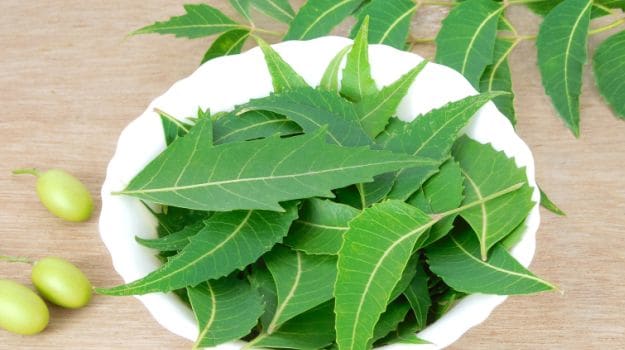
A 2017 study found that neem leaves extract is an efficacious antimicrobial agent against streptococcus mutants and candida species. (13)
Other studies say neem preparations can help with skin infections, burns, and rashes due to pathogen attacks. (14)
Another 2021 study concluded that propyl disulfide from neem has strong antifungal properties and can treat fungal infections.
9. Oregano oil
A 2021 study investigating the effectiveness of various essential oils for treating fungal infections found that oregano oil has antimicrobial properties.
Further studies show that oregano oil can effectively inhibit the growth of candida species. Therefore oregano essential oil is a science-backed home remedy for fungal infections. (15)
When using an essential oil, ensure you mix it with a suitable carrier oil to avoid cases of irritation. The standard carrier oil is olive oil.
10. Tea tree oil
Tea tree oil is a traditional natural remedy for common fungal infections. Several studies still back its ability to treat yeast infections.
Clinical trials prove that tea tree oil can inhibit the growth of all clinical fungal isolates. (16)
A 2021 study shows that tea tree oil has antibacterial and antifungal properties. Therefore, it was initially added as an ingredient to antifungal treatments.
A 2015 study found that tea tree oil has potent antifungal efficacy, killing fungal cells and reducing recurring yeast infections.
To use tea tree oil to treat yeast infections, dilute the oil with a suitable carrier oil, apply to the affected area for a few minutes, and wash off.
For those with skin infections, you need to consult with your doctor if your skin is accommodative to tea tree oil.
11. Garlic
A 2017 study shows that garlic has potent antifungal properties. The same research further affirms that when garlic is ingested, it produces anti-inflammatory cytokines.
A 2014 study found that allicin in garlic extract can effectively treat fungal infections.
When using garlic, make sure you don’t allow it to remain on your skin for long. Garlic has high sulfur content and may cause skin burns.
For 10-15 minutes, use a garlic poultice made of olive oil on your skin infections, then wash out to avoid irritation on sensitive skin.
12. Aloe vera

Peer-reviewed studies pose that aloe vera has several health benefits. It’s been used in various places for various illnesses. In India, it’s used to treat constipation, colic, and skin diseases. In the west, it’s a treatment for fungal infections. (17)
Scientific studies exist that support antifungal and antibacterial properties of aloe vera. It’s one of the best natural home remedies for fungal infection and skin ailments.
13. Coconut oil
Organic coconut oil is a potent antifungal agent that can inhibit the growth of yeast spores. A 2007 study found that coconut oil is effective on drug-resistant candida strain.
Another 2017 review suggests that coconut oil can be an effective alternative to topical synthetic antifungal drugs.
Another peer-reviewed study poses that mastered and organic coconut oil can inhibit spores germination. (18)
According to the journal of medical food, coconut oil is effective on candida at 100% concentration. Therefore, you don’t need a carrier oil to dilute it; it has vital, healthy fatty acids for your overall health.
If you have a fungal skin infection, you may use topical coconut oil on the infected area and it will help you treat yeast infections on the skin.
Coconut oil is also effective for other skin infections, tonsillitis, and oral thrush. (19)
14. Apple cider vinegar
Apple cider vinegar is one of the oldest remedies for fungal infections with a solid scientific backing. Its acidic properties can slow down the growth of fungal spores.
A 2019 study authenticates the effectiveness of apple cider vinegar as antifungal and antiviral properties and can treat most fungal skin infections.
A research study done in 2018 concluded that apple cider vinegar has direct antimicrobial effects on E. coli, C. albicans, and S. aureus. The study recommends investigating the ability to use apple cider vinegar for dietary supplementation.
Another 2017 clinical trial shows that apple cider vinegar can effectively treat vaginal yeast infections. Add a substantial amount of apple cider vinegar to warm water, then soak the infected area for about 15 minutes.
15. Probiotic supplements
Probiotics therapy is very effective for treating fungal colonization of the GI tract. Probiotics are good bacteria that inhibit fungal growth. (20)
Several studies suggest that most of these good bacteria will improve your gut health, particularly the lactobacillus strain. You may use probiotic supplements in your diet to help fight gut yeast infection. (21)
16. Carefulness with soap
Studies show that washing with soap can kill bacteria, but there are limited scientific studies supporting soap’s effect on yeast infections. (22)
In fact, a 2019 study poses that washing your genitals with soap can cause vaginal yeast infection.
Furthermore, several soaps have a chemical compound that may irritate your skin and cause vaginal yeast infections. In addition to that, soaps on the private part result in vaginal itching
17. Ginger
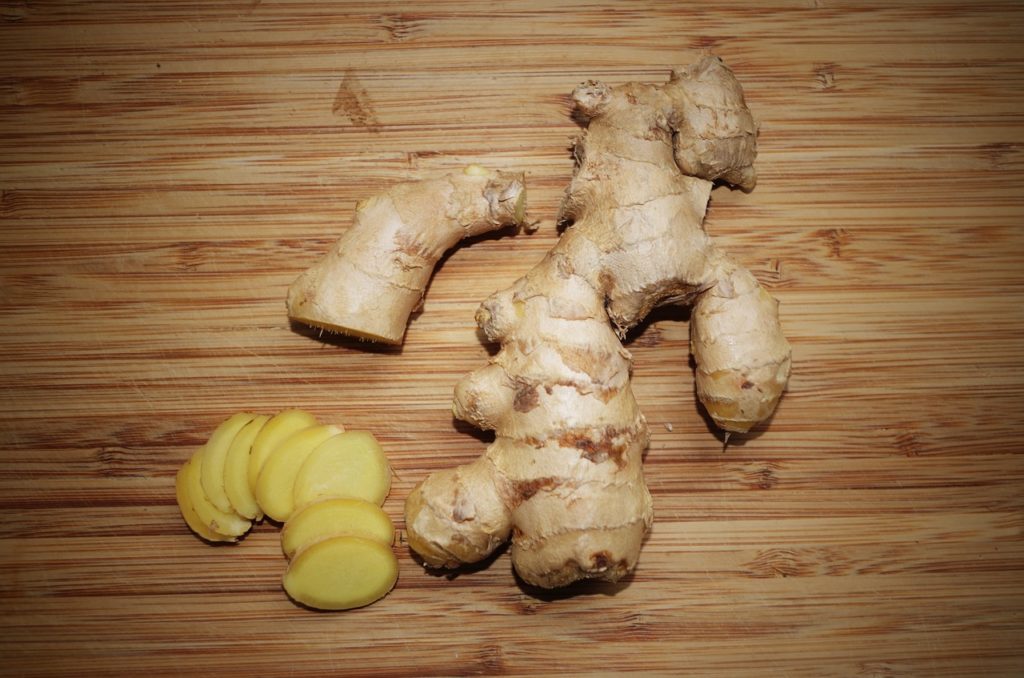
A 2016 medically reviewed study found that ginger extract has antifungal and antibiofilm formation by C. albicans. It can effectively kill fungal cells.
Another research done in 2018 found that ginger can inhibit the growth and spore formation of most yeast cells. Therefore, ginger is among the best home remedies for fungal infection that you may try today.
Other studies conclude that adding 1 g of ginger root to your daily intake will help prevent high blood pressure, improve your immune system and reduce your body acidity. (23)
Other treatments for fungal infection
Vaginal suppositories
Vaginal suppositories are pharmaceutical drugs that are used to treat vaginal yeast infections. Although many prefer them over home remedies, they have side effects on your health.
Some side effects include vaginal itching, rush, and other allergic reactions. Therefore, choosing natural remedies for vaginal infections will be best.
Antifungal medications
Some of these drugs are readily available over the counter, including Clotrimazole, Miconazole, etc. These are OTC yeast infection creams to treat skin infections.
Despite their ability to quickly cure your yeast infection, these drugs may not be compatible with your skin and may cause various adverse side effects.
Consider home remedies for fungal infection for effective control of fungal infections without side effects.
What foods contain fungus?
If you suffer from yeast infections, then there are certain foods that you should avoid. In the convectional world, all you need is drugs, but you also need to cut the root cause of your infections.
Here are some foods you should avoid to recover from yeast infection faster.
- Bread
- Chocolate
- Cheese
- Tempeh
- Miso
What are the symptoms of fungus in the blood?
A 2020 study poses that candida is responsible for 15% of all blood infections. Although it’s rare, there are cases where fungal infections may reach the bloodstream.
Here are yeast infection symptoms that show that the infection is in your blood.
- Fever.
- Chills.
- Fast heartbeat
What are the symptoms of an internal fungal infection?
- Itchy or scaly skin
- Headache.
- Night sweats.
- Asthma-like symptoms.
- Weight loss.
- Fatigue.
- Chest pain.
- Muscle aches or joint pain.
Can fungal infection affect the brain?
A 2016 study found that fungal infections affect 1.2 billion individuals worldwide. Of all the yeast infections, brain infection is the most severe.
Another 2015 study shows that Central nervous system (CNS) yeast infections may lead to abscesses, stroke, and meningitis.
A recent study concluded that CNS yeast infection results from the inherited immunosuppressive condition.
What are the 4 types of fungal infections?
Many fungal infections occur due to C. albicans attack. Below are some common fungal infections:
Athlete’s foot
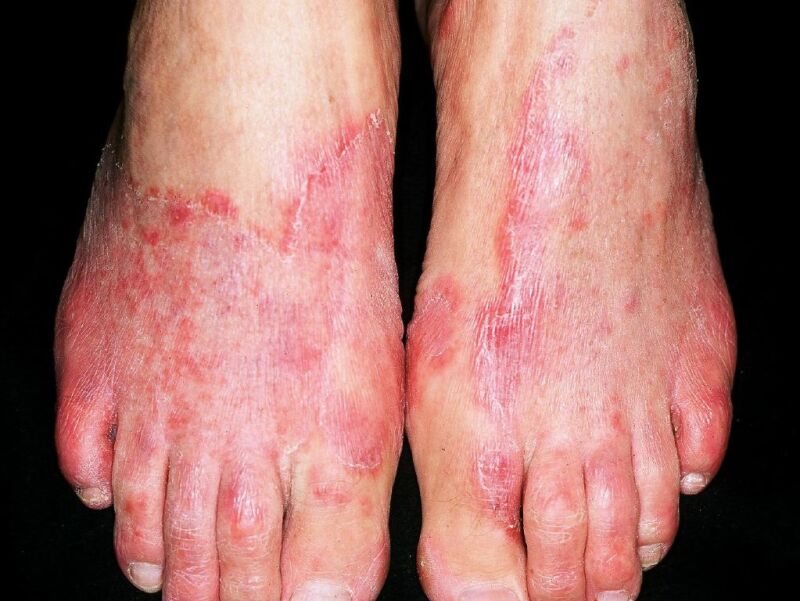
A 2009 study poses that athlete’s foot will affect 15-25% of individuals in their lifetime. It’s a cutaneous yeast infection characterized by itching, fissuring, and skin flaking.(24,25)
Ringworms
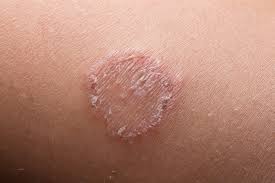
These are fungal skin infections that may also affect the hair and nails. Examples include scalp ringworm (26)
Ringworm is a contagious skin infection that spreads through physical contact with affected skin. This skin fungus attacks several parts of the body and is capable of spreading to other body parts.
Jock itch.
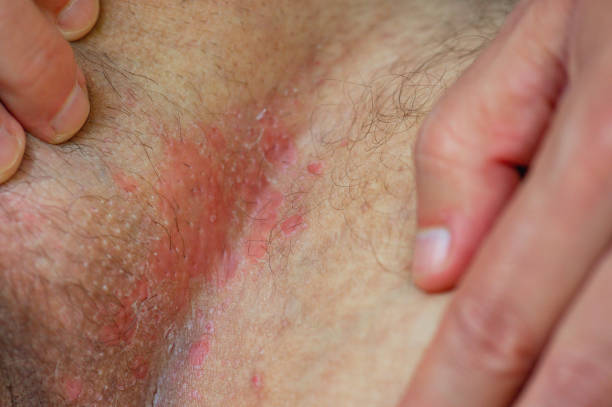
This yeast infection attacks the genitals, pubic, perineal, and perianal areas of the body. (27)
The common symptoms include itch, skin redness, and groin rash.
The causative agent of this yeast infection is dermatophytes. It primarily attacks the groin. This fungal infection treatment involves topical antifungal creams and oral drugs. (28,29)
Genital candidiasis
Here is where urinary tract infection belong. It’s a fungal infection caused by Candida albicans. This yeast infection is characterized by vaginal discharge, genital itching, and burning. (30,31)
What are the main risk factors for vulvovaginitis?
Fungal skin infections vary in their modes of attack. But, vulvovaginal candidiasis has a lot of factors that may contribute to the condition.
Below is an illustration of the factors that will increase the risk of vulvovaginitis yeast infections. (31)
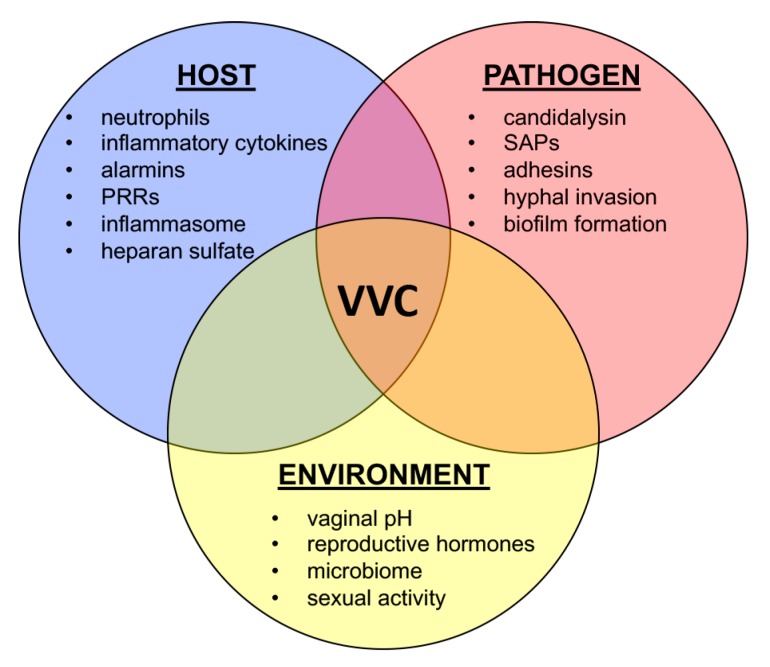
Diaper rash
Diaper rash is an inflammation of the skin due to a hot and humid climate. It’s highly influenced by pH and condition in the pineal area and the action of microbes. (32)
Common risk factors for fungal infection
Hormonal imbalance
High estrogen in the body may increase the chances of vaginal yeast infection during pregnancy. (33)
A 2002 study shows that high estrogen levels are connected to higher chances of vaginal yeast infections. Therefore, women with hormonal imbalance may experience fungal infections.
However, natural remedies are quick and easy to manage hormonal imbalance in females.
Unhygienic environment
Microbes thrive in an unclean environment. Improper bathing and infrequent change of clothing may increase the risk of contracting fungal infections.
Compromised immune system
A 2017 clinical trial found that pathogenic fungi have many conditions in individuals with a compromised immune system.
Another study concludes that fungal infections cause significant mortality and morbidity in patients with a weak immune system. (34)
Poor hygiene
Medical research of 2010 suggests that fungal infections are prominent in the tropics because of the climate and poor hygiene.
A hot and humid climate
A scientific study done in 2009 found that fungal infections thrive in a hot and humid climate like the one in the tropics.
Tight clothes
Very tight clothes create a conducive environment for fungal growth leading to infections.
Stress
Stress weakens the immune system, which is the primary cause of invasive fungal infections.
Obesity and moisture retention on the skin
Few people are aware that obesity is liked to skin ailments. The moisture retained on the armpits and other covered areas create a suitable environment for fungal infections.
When to see a doctor for yeast infection
Over-exposure to yeast infections may result in harmful consequences to your health.
Therefore, after trying the home remedies for fungal infection and there are no changes in your condition, it’s advisable to see your healthcare professional.
Here are cases when to seek medical advice:
- Severe infections or recurrent attacks
- The rash spreads or becomes bigger
- Discharge
- Other health conditions like bacterial vaginosis
- Persistence even after using home remedies for fungal infection.
Summary
Reputable health publications review the above-mentioned home remedies for fungal infection. They are suitable for use at home to control fungal infections.
However, these home remedies are informational and should be used with caution.
But, one thing is sure, natural remedies possess healing properties without side effects.
FAQs
What is the most common fungal infection?
The most common fungal infections are jock itch, ringworms, and candidiasis.
How does a human get a fungal infection?
The fungus reproduces through pores. You may inhale or come in contact with these pores and get infected. If you have a weak immune system, you have a high chance of developing fungal infections.
Is a fungal infection serious?
Yes. Although many fungal infections are not lethal, blood infections like meningitis are life-threatening.

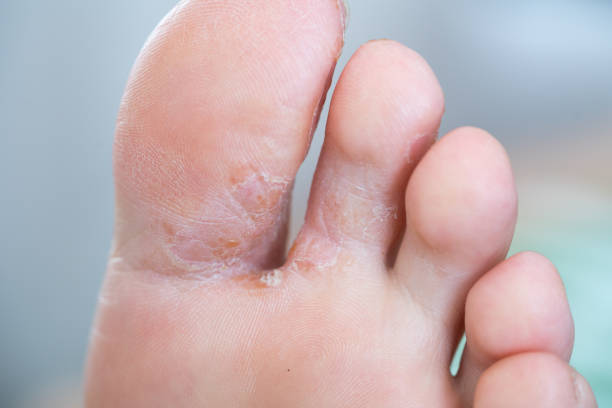
Pingback: 17 Home remedies for itching vagina | GILEAD THERAPY